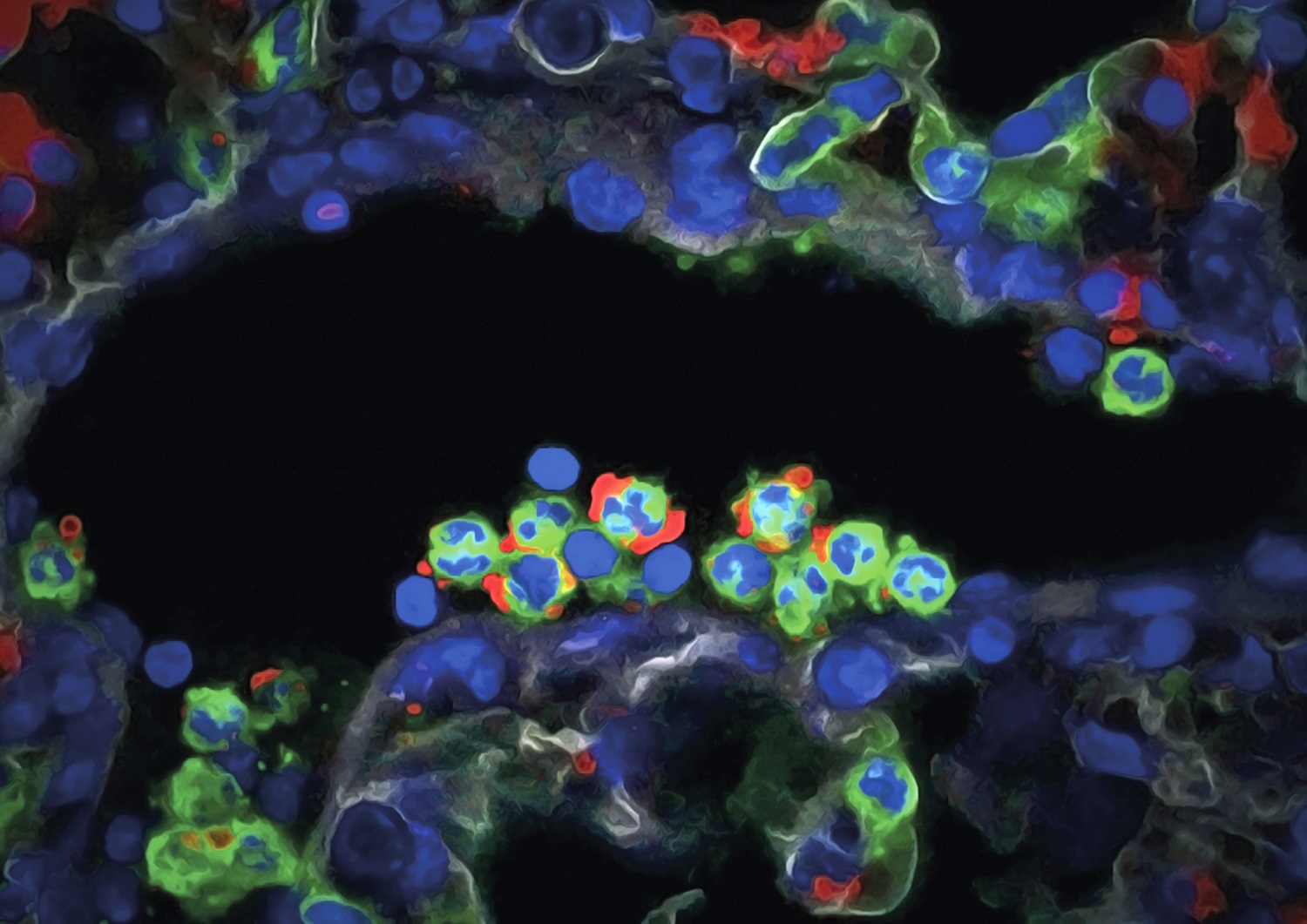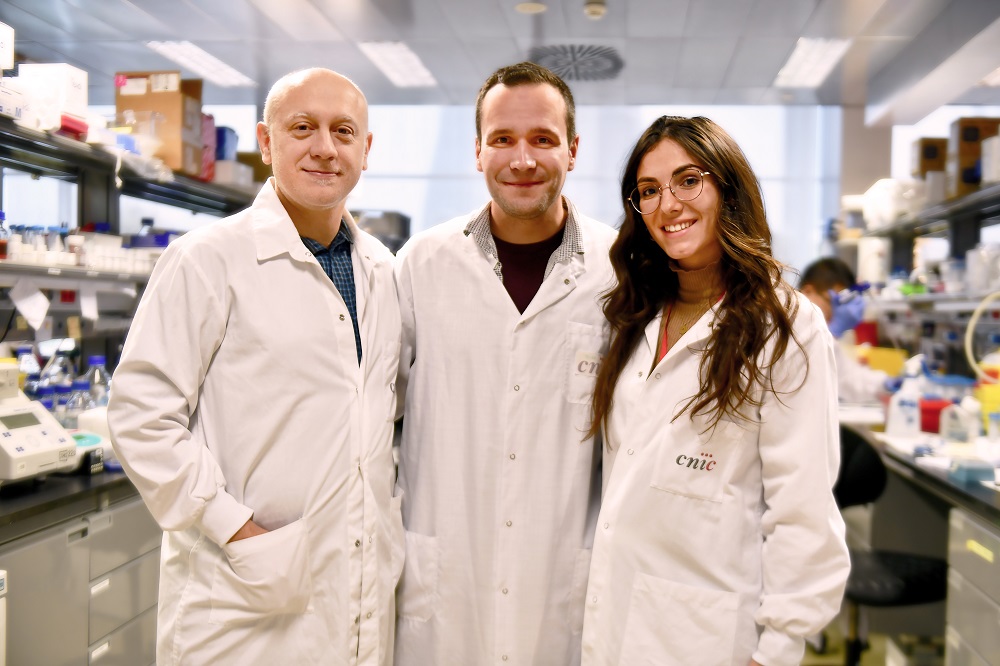Nature Immunology: Neutrophils are equipped with a 'disarmament' program that prevents the immune system going 'out of control'
The newly identified immune control system is located within one of the most important cell types of the immune system, the neutrophil
Scientists at the Centro Nacional de Investigaciones Cardiovasculares (CNIC) have discovered a ‘disarmament’ mechanism that protects our bodies against uncontrolled activity of the immune system. This newly identified immune control system is located in one of the most important cell types of the immune system, the neutrophil. The findings, published in Nature Immunology, could have major implications for the understanding and treatment of conditions such as myocardial infarction, stroke, and acute inflammation.
The immune system is composed of a great variety of cells tasked with defending the organism against external and internal threats. To do this, explained lead investigator Andrés Hidalgo, “they patrol all corners of our bodies, searching for and finding anything alien or out of place and taking appropriate action, usually causing the death of the invading or wayward cells. When it works correctly, this system eliminates not only the innumerable and varied pathogens that constantly attack us, but also internal ‘errors’ that arise in our own cells, making them malignant, as occurs in cancer.”

However, the immune system is a double-edged sword. If immune cells carry out their functions too enthusiastically, they can act in the wrong place or at the wrong time and thus damage healthy tissues. “For this reason, the immune system must be exquisitely regulated,” said Hidalgo. Failed immune regulation underlies human diseases such as cancer and cardiovascular, autoimmune, and neurodegenerative diseases. It is therefore essential to understand the mechanisms that control immune action.
The study published today in Nature Immunology identifies a new immune control mechanism located within one of the most important cell types in the immune system, the neutrophil. Neutrophils are the first immune cells to arrive at sites of infection or inflammation and attempt to remove the source of the problem. “Neutrophils are the most abundant circulating immune cells in humans and are the first responders to threats.”
Nevertheless, neutrophils are very destructive, and if they are activated in the wrong place or at the wrong time, the same mechanisms that serve to eliminate invading pathogens end up damaging healthy tissues.
The antimicrobial actions of neutrophils are enacted by a ‘defensive armory’ of proteins stored in granules and that when released induce the formation of neutrophil extracellular traps (NETs). However, the toxicity of these structures is especially threatening to highly vascular tissues such as the lungs.
The new finding, published in Nature Immunology, could have major implications for the understanding and treatment of disorders such as myocardial infarction, stroke, and acute inflammatory processes.
The findings show that neutrophils possess “an innate system that gradually reduces their capacity to mount a toxic attack, so that as they age, neutrophils disarm themselves before they can damage healthy tissues. There are many diseases that cause more or less damage according to the time of day, and this disarmament program helps to explain the origin of these clinical differences,” explained the researchers.

First author Jose María Adrover commented that, thanks to this disarmament program, “neutrophils self-limit their capacity to damage healthy tissues. Moreover, in partnership with the Hospital Clínic de Barcelona we have discovered that this mechanism directly affects the severity of acute pulmonary injury.”
The study authors believe that their findings could have major implications for health care. “Once we understand how this process operates naturally, we can attempt to manipulate it to obtain a clinical benefit,” said co-author Alejandra Aroca. “We are already working on this and have obtained promising results in preclinical models of acute myocardial infarction.”











